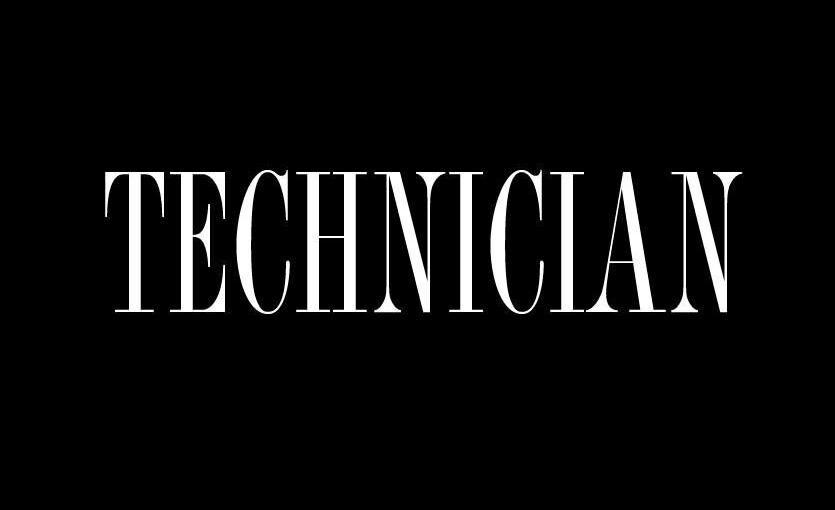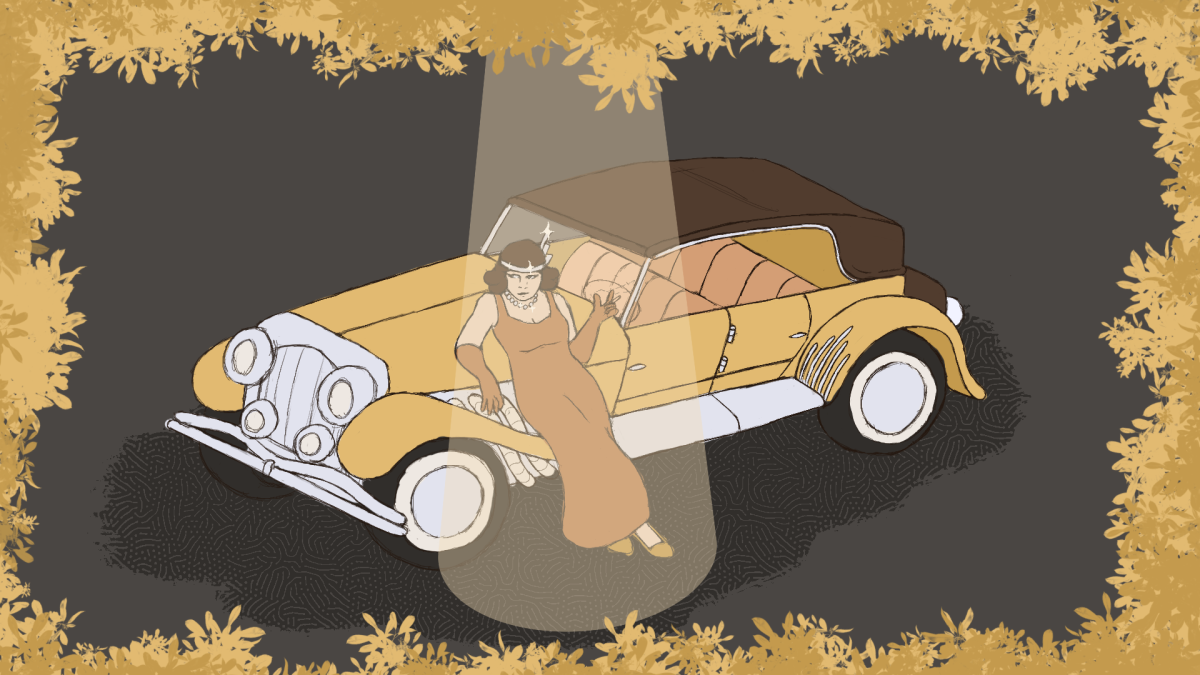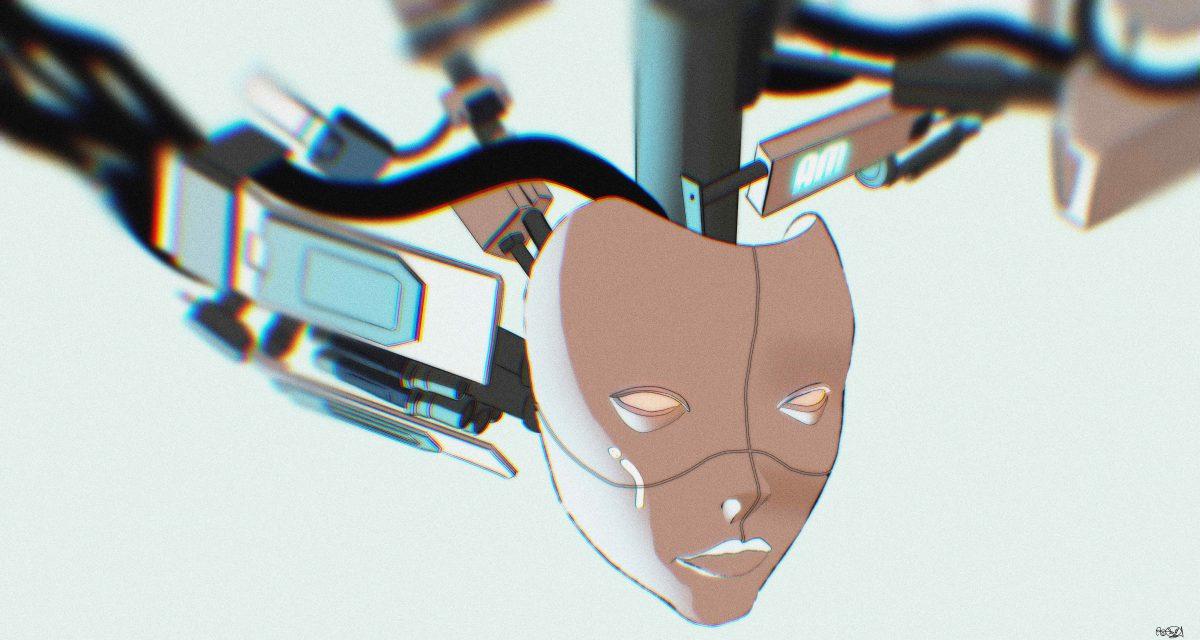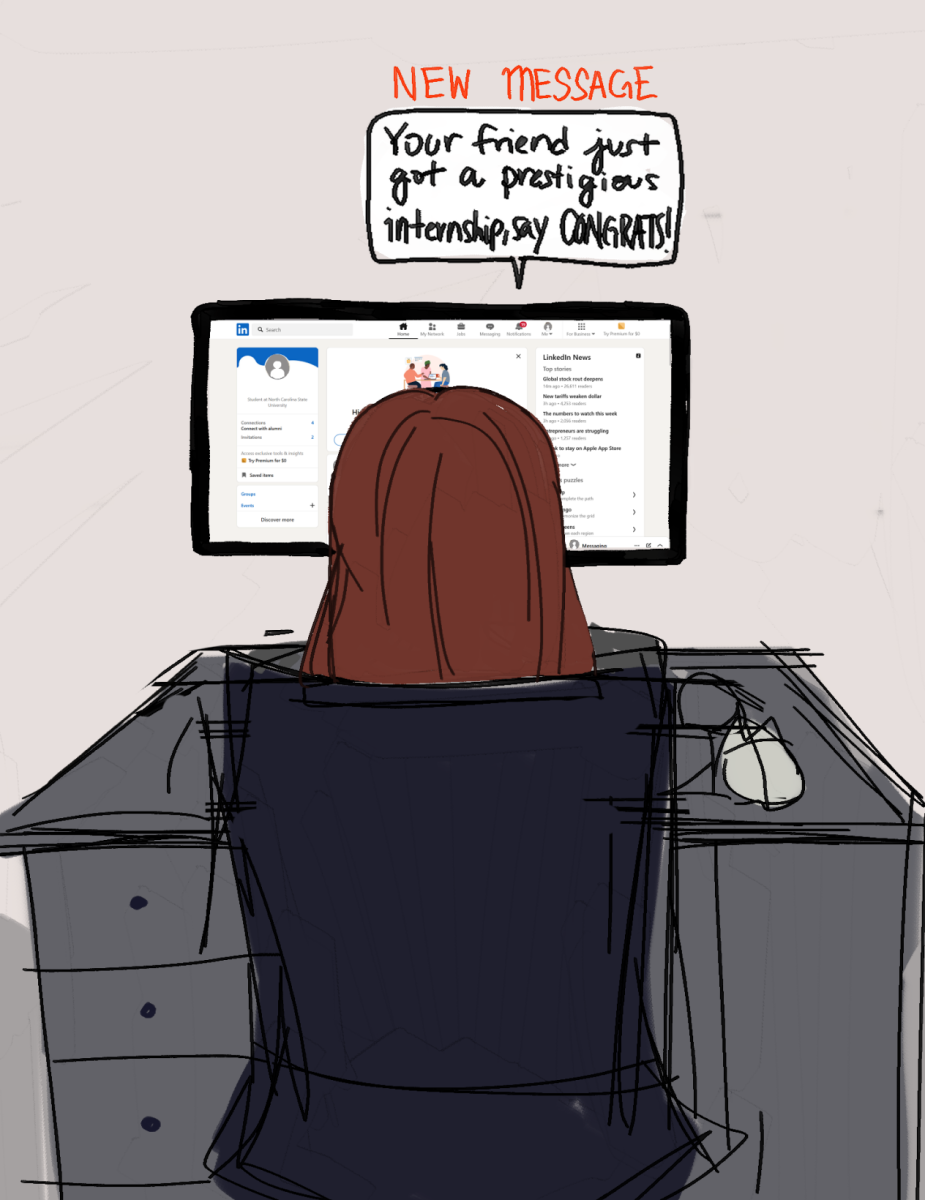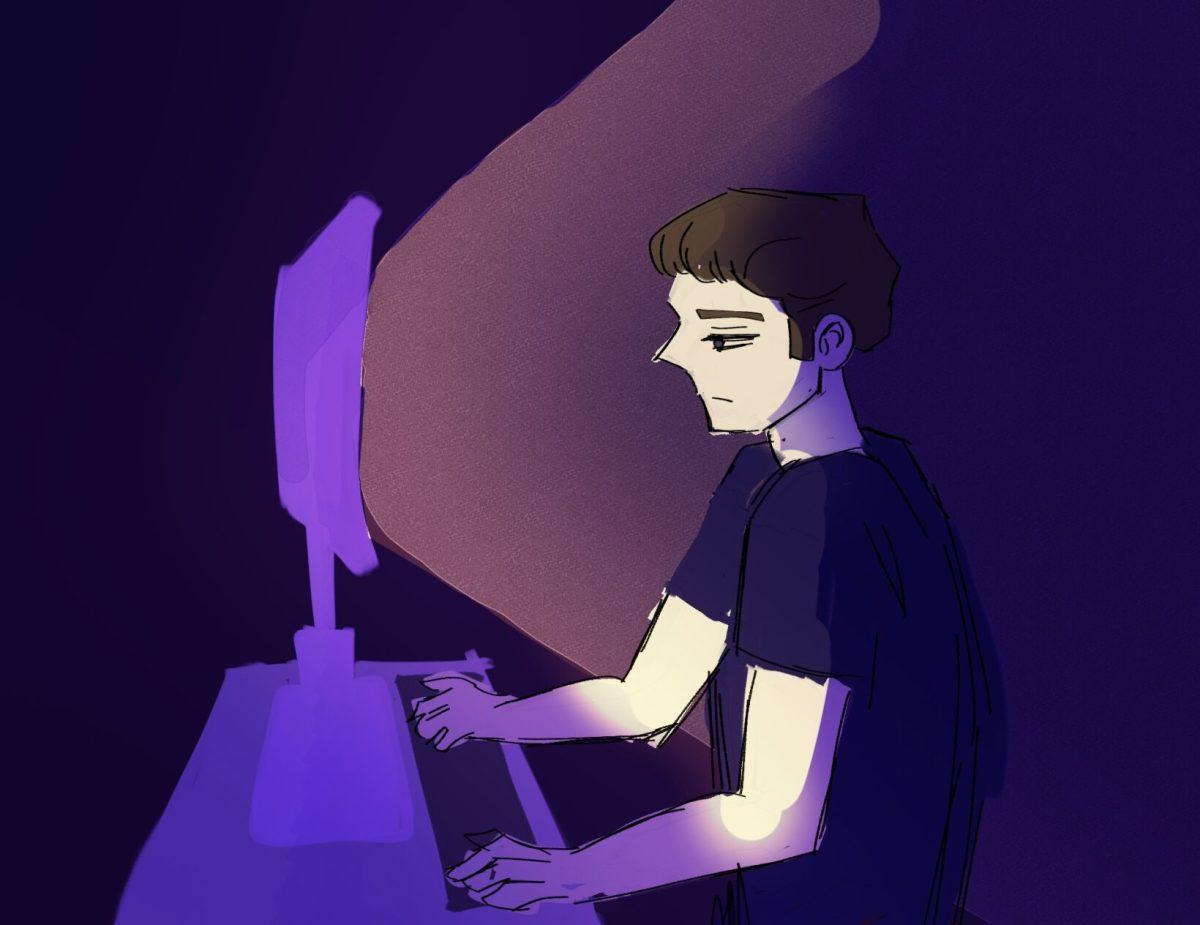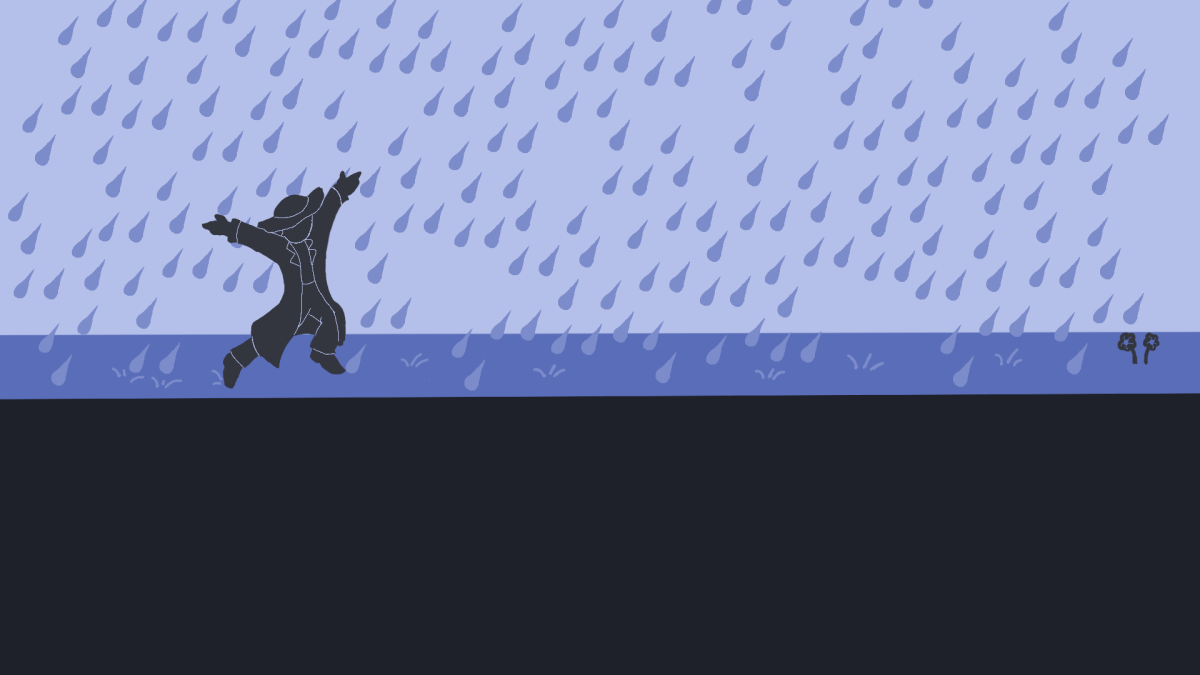By the time Jay Gatsby reached for the phone, hoping to hear Daisy’s voice, fate had already decided otherwise. A gunshot rang out, and he collapsed back into the pool, his life slipping away like the dream he had so desperately chased. The green light, the beacon of his longing, flickered and faded, leaving him behind for a better man, a Yale man no less, rooted in the old money of the Roaring ‘20s.
Daisy, the green light, did herself a wonderful favor by staying with Tom Buchanan, despite all the hurdles, and she’s often seen as the anti-hero in a story that doesn’t seem to do her justice in my book. So behold, my defense of Daisy Buchanan.
For far too many of us, “The Great Gatsby” was just another book we half-read in high school, just for another essay on the American Dream we pulled together the night before it was due. But in college, I think one ought to think about the novel for what it really is — a story about choices, consequences and the harsh reality that sometimes, there is no perfect option in life. And ultimately, what may seem like a perfect option today will be vilified in the future by a whole generation of people with a different view of the same exact actions.
Too frequently, people convince themselves that loving someone entitles them to be loved in return, but F. Scott Fitzgerald’s novel subtly exposes the foolishness of such thinking. It’s a story of self-delusion — of dreams built on entitlement rather than reality — and of the inevitable collapse that follows when we mistake obsession for destiny.
Gatsby fails in this regard, and he doesn’t seem to respect Daisy’s choice throughout the book.
Noted in one of her great works, “Emma,” Jane Austen states, “If a woman doubts as to whether she should accept a man or not, she certainly ought to refuse him. If she can hesitate to say yes, she ought to say no directly.”
Even in my best defense of Daisy, it is clear that she has doubts about whether she should accept Gatsby or not, but Austen tells us that a straightforward rejection ought to follow from that doubt alone. Daisy’s only flaw, in my view of the story, is not being able to say no directly to Gatsby, despite being unhappy with her adulterous husband, Tom.
Daisy’s voice exudes charm and sorrow right away. She is presented as a seemingly carefree woman, but her statements suggest that she is acutely aware of her own cage. One of the most meaningful lines in the book is when she thinks about the birth of her daughter, “I hope she’ll be a fool — that’s the best thing a girl can be in this world, a beautiful little fool.”
In actuality, this seemingly casual comment represents a recognition of the limited positions that women can play.
Daisy understands that in a world where women have limited control over their lives, ignorance may be the only way to be happy. In today’s world, ignorance is maybe a principle that can be broadly applied as a way to ignore the ugly reality of life.
If Daisy’s choice was truly her own, then the criticism against her loses its foundation, as she should be free to marry whomever she wants. Yet, the reality of her situation is far more complex.
Tom, arguably the most morally bankrupt character in “The Great Gatsby,” is the man she ultimately stays with, not necessarily out of love but because he represents social stability and entrenched privilege, something Gatsby’s new money and flashy persona could never fully offer.
This dilemma of choosing between Tom and Gatsby haunts Daisy throughout the novel. The societal expectations of her time push her toward Tom, while modern readers often criticize her for not choosing Gatsby instead. But in truth, she is trapped in a no-win situation. Regardless of which path she takes, she is condemned, either for adhering to convention or for failing to embrace the idealized romance Gatsby offers.
The novel never fully develops her beyond the role of a love interest, offering her little narrative agency and failing to explore whether she could have made a better decision had she been given more freedom. At the very least, Fitzgerald’s classic falls short of allowing Daisy the depth to escape the confines of a male-driven story, let alone passing the Bechdel test.
If love is a gamble, Daisy simply bet on the house, and as any seasoned player knows, the house always wins.
As college students, we typically find ourselves drawn to “The Great Gatsby” once again, no longer just because it’s required reading, but because it mirrors so many of the choices we face. We, too, must navigate unfair expectations, ambitions and the weight of decisions that will define our futures. We may not be choosing between Gatsby and Tom, but we are choosing between what is safe and what is ideal, what is expected of us and what we truly want. I for sure, given Daisy’s circumstances, would choose stability over uncertainty without hesitation.
“The Great Gatsby” remains my favorite novel. Perhaps that is its final irony. Even as it fails to do justice to Daisy Buchanan, it still captivates readers with the very illusions it critiques.

